Norwegian cabin concept frames views across the Hardangervidda National Park
Up 30 roof steps of the Gartnerfuglen Arkitekter designed cabin will reveal panoramic views of a lake and plains AS FEATURED IN THE WALLPAPER* DESIGN AWARDS 2020 ISSUE
Ivar Kvaal - Photography
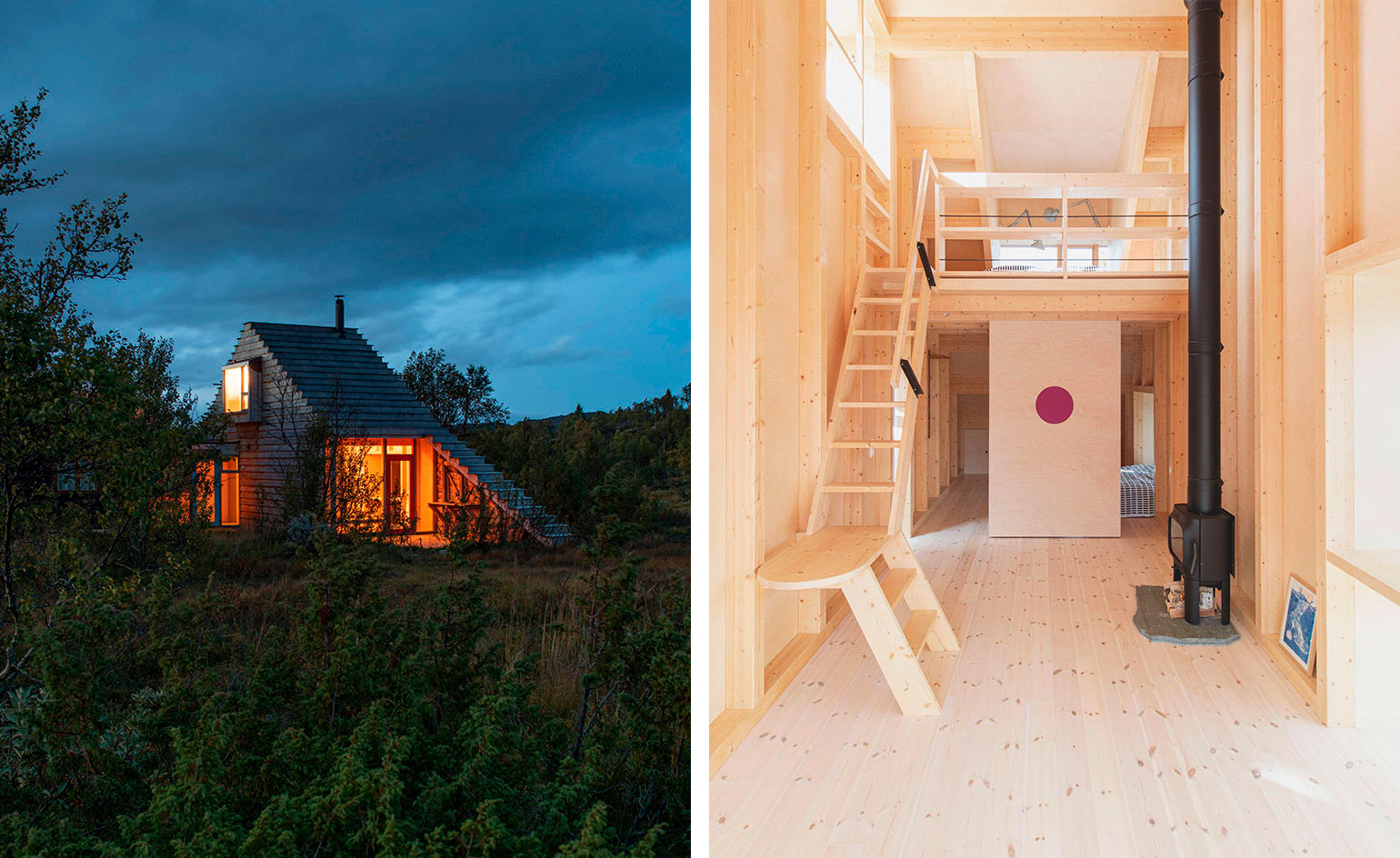
Typologically hovering between a folly, a house and a viewing platform, this new cabin in the barren, treeless moorlands of the Hardangervidda National Park in Norway seems to be many things rolled into one. Designed by Gartnerfuglen Arkitekter, a young Oslo-based architecture studio headed by Astrid Rohde Wang, Ole Larsen and Olav Lunde Arneberg, Thunder Top is the first cabin to complete by the dynamic trio.
Created for a client with a growing extended family of children and grandchildren, the structure sits on the plot of an existing holiday cabin built in the 1980s in the traditional Telemark region vernacular style. Adapting the original building to accommodate the increasing numbers of its occupants, the architects designed a new structure within a simple triangular outline, featuring a stepped timber roof. Going up those thirty roof steps unveils a panoramic view of the nearby lake and plains. The facades are clad in ore-pine, (a type of cured pinewood) known for being one of the region’s oldest and most hardwearing construction materials – and leaving the hardwood untreated makes for an extra sturdy and largely maintenance-free exterior.
AS FEATURED IN THE WALLPAPER* DESIGN AWARDS 2020 ISSUE
The interior is effectively one big, double-height room, which is attached to the older structure by a glass corridor that squeezes in a wardrobe and a utility sink. The extra space is used as a family hobby room, a weekend office or just a place to relax and be inspired by the views.
The idea is that this humble cabin will slowly become at one with its environment. ‘As everything put here, from the outside, it is slowly appropriated by nature,’ says Rohde Wang. ‘The cabin is an inhabitable beacon, a man-made peak in the rolling fells of Hardangervidda, worn down by glaciers during the ice age.’
INFORMATION
Receive our daily digest of inspiration, escapism and design stories from around the world direct to your inbox.
Ellie Stathaki is the Architecture & Environment Director at Wallpaper*. She trained as an architect at the Aristotle University of Thessaloniki in Greece and studied architectural history at the Bartlett in London. Now an established journalist, she has been a member of the Wallpaper* team since 2006, visiting buildings across the globe and interviewing leading architects such as Tadao Ando and Rem Koolhaas. Ellie has also taken part in judging panels, moderated events, curated shows and contributed in books, such as The Contemporary House (Thames & Hudson, 2018), Glenn Sestig Architecture Diary (2020) and House London (2022).
-
 The architecture of Mexico's RA! draws on cinematic qualities and emotion
The architecture of Mexico's RA! draws on cinematic qualities and emotionRA! was founded by Cristóbal Ramírez de Aguilar, Pedro Ramírez de Aguilar and Santiago Sierra, as a multifaceted architecture practice in Mexico City, mixing a cross-disciplinary approach and a constant exchange of ideas
-
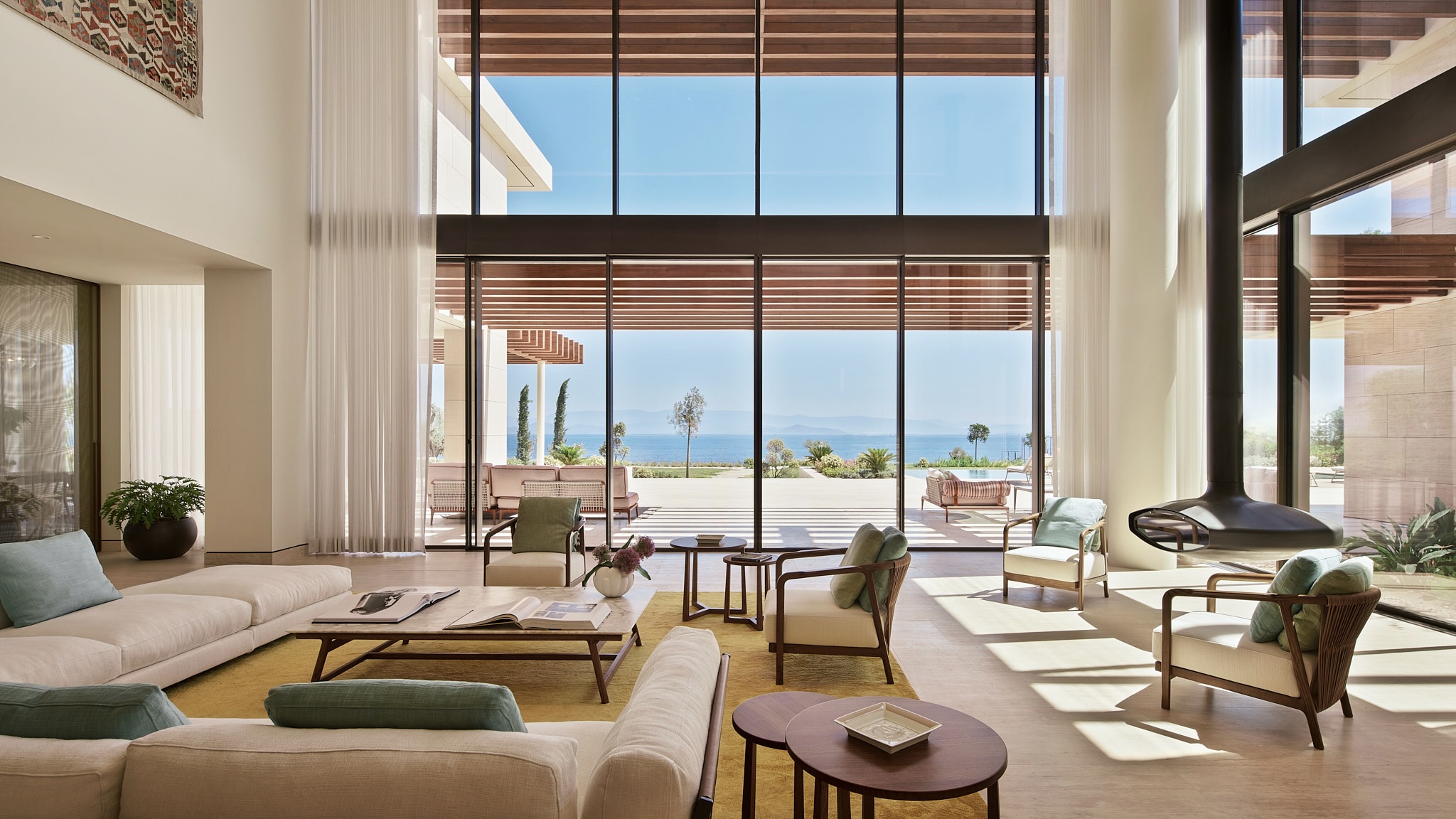 A first look at Bulgari Resort and Mansions Bodrum
A first look at Bulgari Resort and Mansions BodrumArchitecture, landscape and refined luxury come together at this Mediterranean retreat, opening in 2027
-
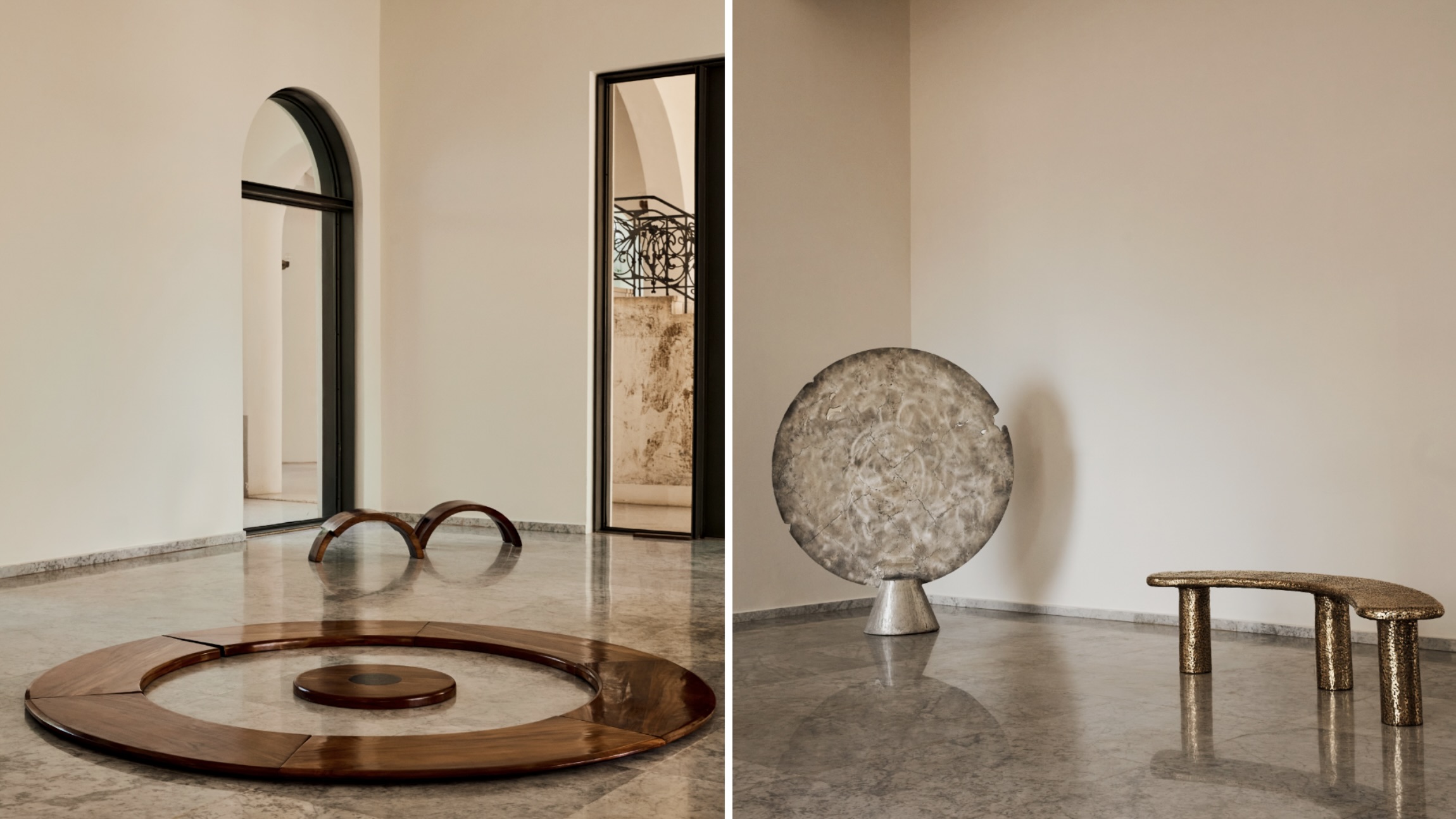 Togo's Palais de Lomé stages a sweeping new survey of West African design
Togo's Palais de Lomé stages a sweeping new survey of West African design'Design in West Africa' in Lomé, Togo (on view until 15 March 2026), brings together contemporary designers and artisans whose work bridges tradition and experimentation
-
 The Architecture Edit: Wallpaper’s houses of the month
The Architecture Edit: Wallpaper’s houses of the monthFrom Malibu beach pads to cosy cabins blanketed in snow, Wallpaper* has featured some incredible homes this month. We profile our favourites below
-
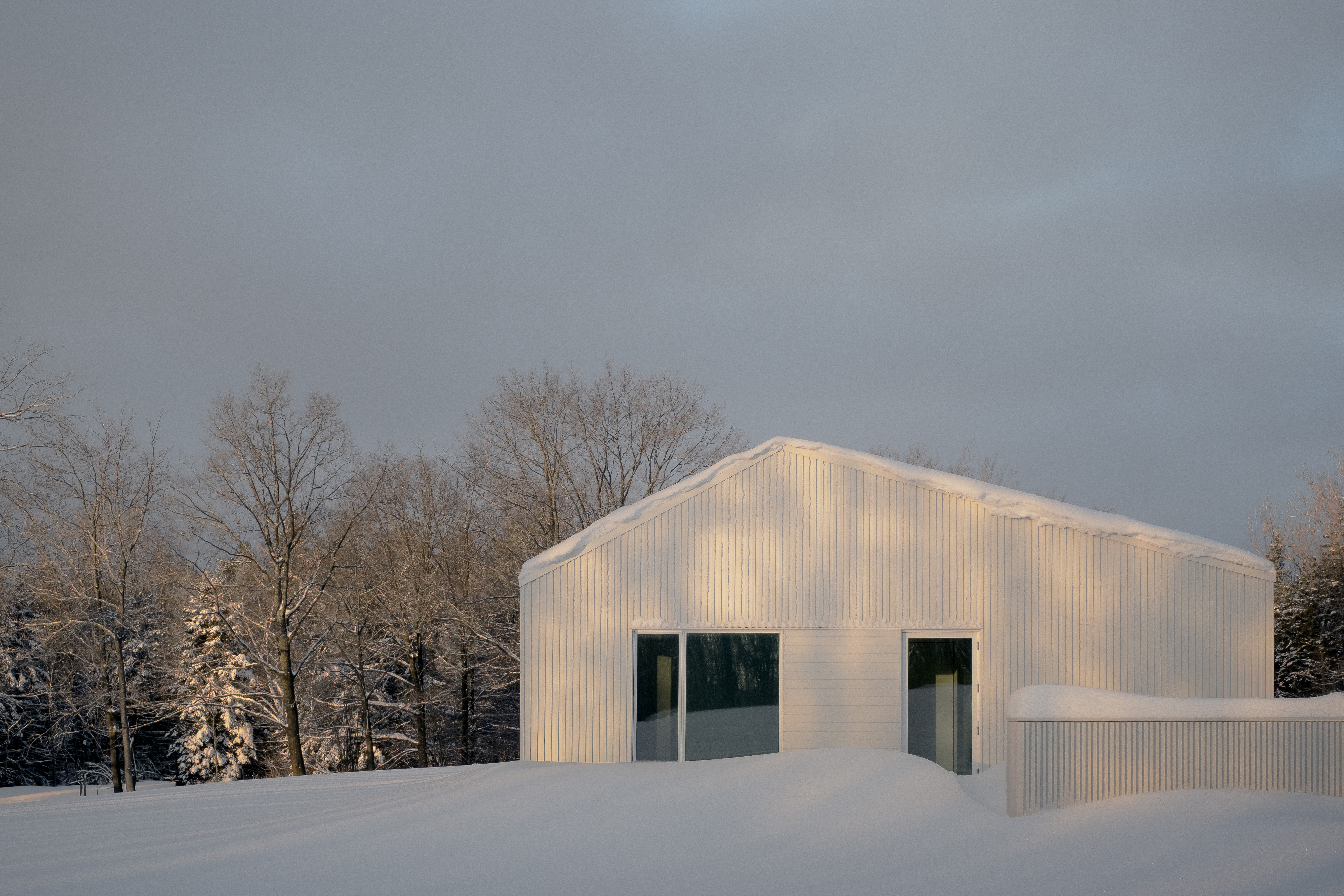 Cosy up in a snowy Canadian cabin inspired by utilitarian farmhouses
Cosy up in a snowy Canadian cabin inspired by utilitarian farmhousesTimbertop is a minimalist shelter overlooking the woodland home of wild deer, porcupines and turkeys
-
 The Architecture Edit: Wallpaper’s houses of the month
The Architecture Edit: Wallpaper’s houses of the monthWallpaper* has spotlighted an array of remarkable architecture in the past month – from a pink desert home to structures that appears to float above the ground. These are the houses and buildings that most captured our attention in August 2025
-
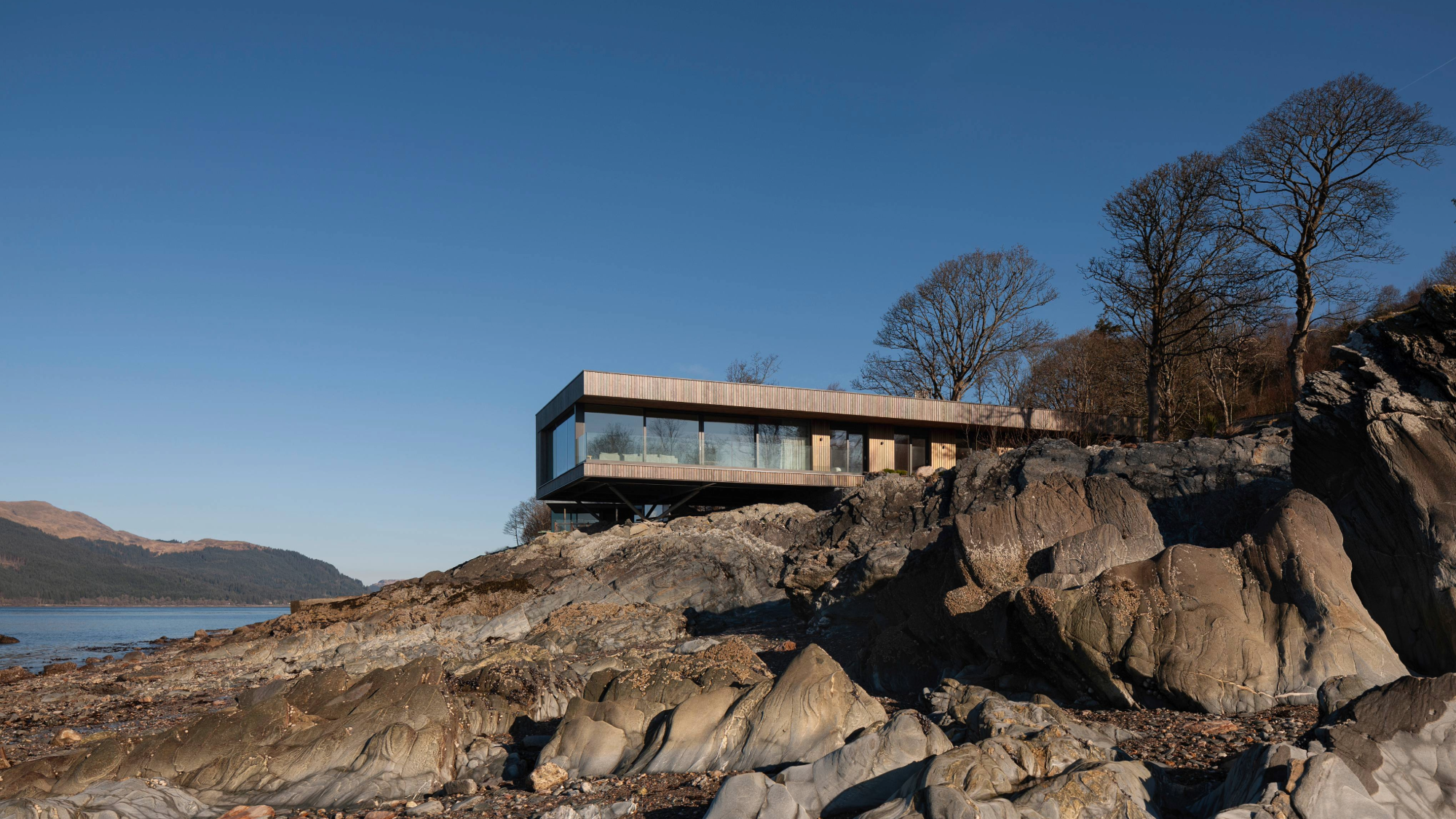 This contemporary cabin cantilevers over a Scottish loch
This contemporary cabin cantilevers over a Scottish lochRock Cove, Cameron Webster Architects’ contemporary cabin in Argyll, Scotland, makes the most of its wild setting
-
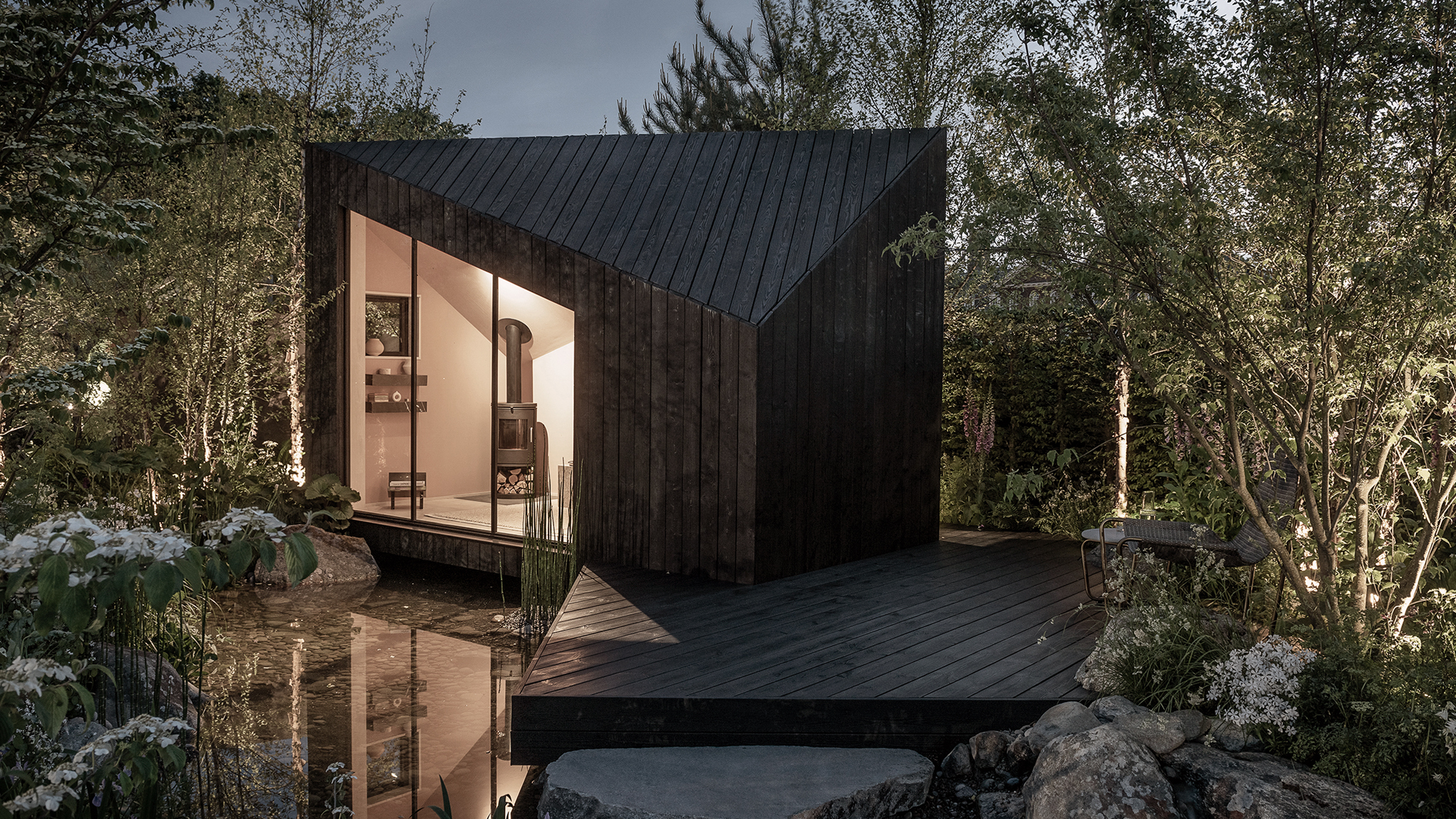 The dream of the flat-pack home continues with this elegant modular cabin design from Koto
The dream of the flat-pack home continues with this elegant modular cabin design from KotoThe Niwa modular cabin series by UK-based Koto architects offers a range of elegant retreats, designed for easy installation and a variety of uses
-
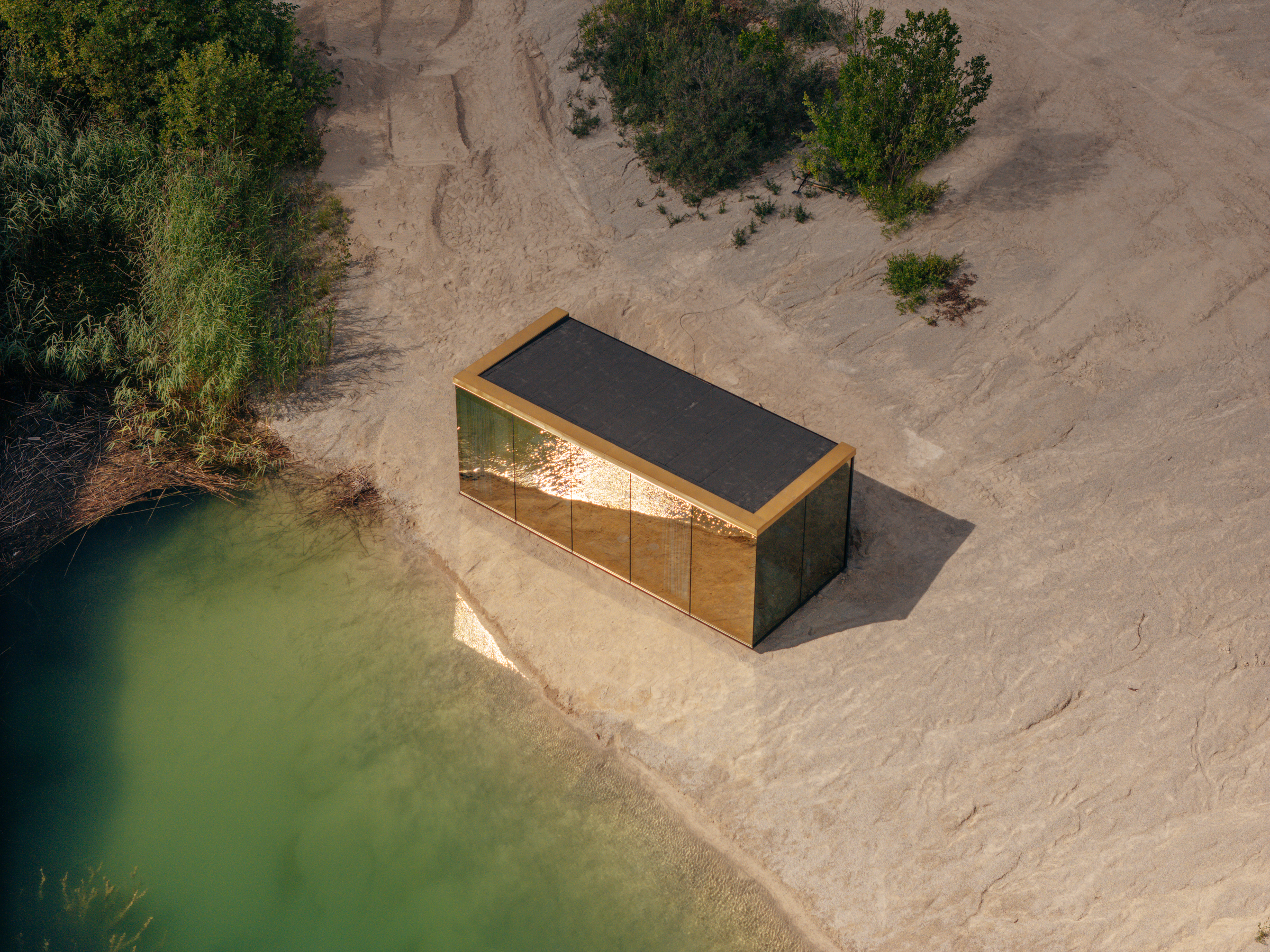 Tour this Estonian tiny home with big ambitions
Tour this Estonian tiny home with big ambitionsÖÖD Golden House, a new Estonian cabin concept, promises to offer a compact design for small and perfectly formed escapes
-
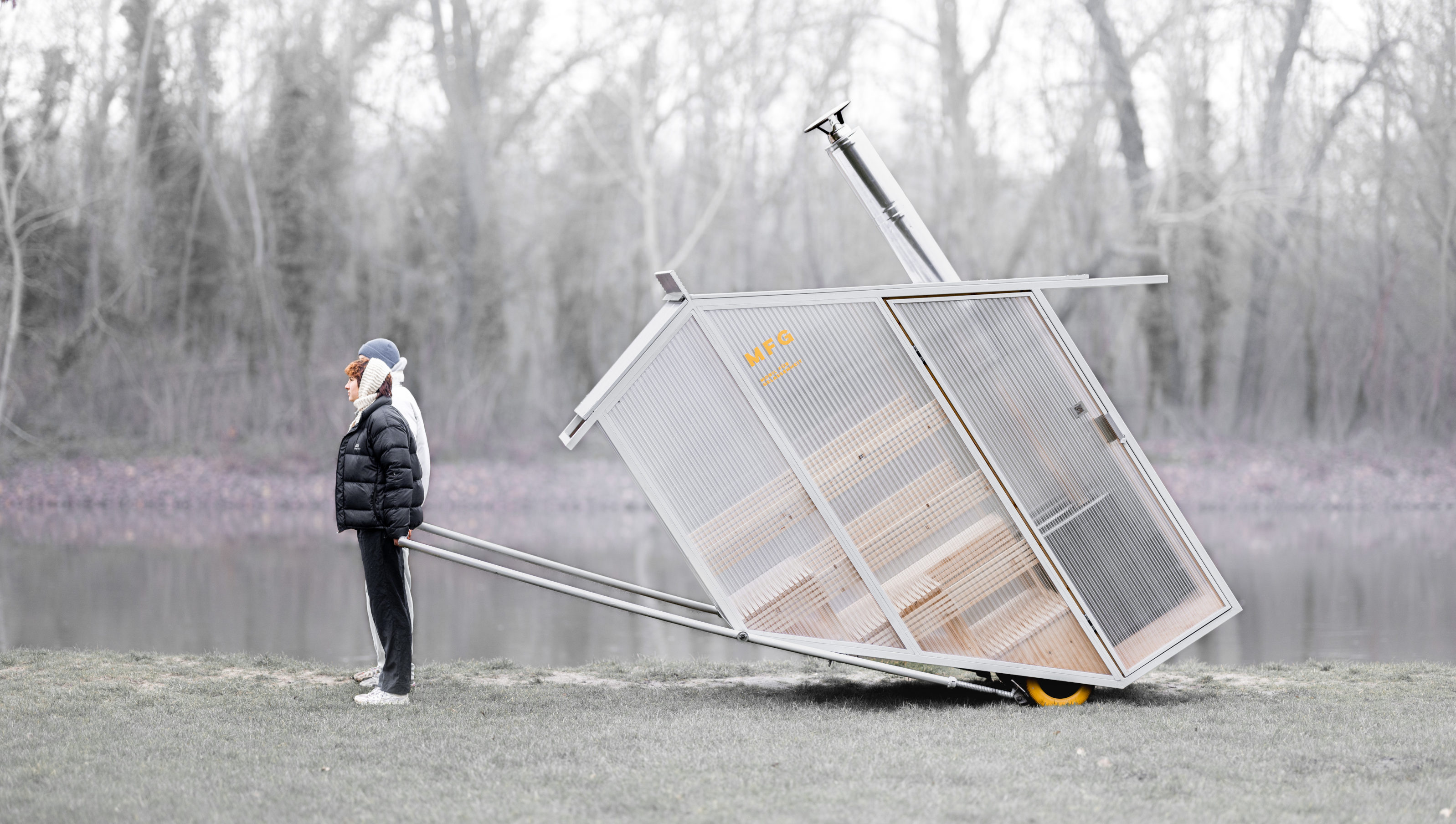 The heat is on: mobile sauna heralds a new breed of experimental hot boxes
The heat is on: mobile sauna heralds a new breed of experimental hot boxesEmma O’Kelly explores the emerging world of mobile sauna design in Germany, Norway and the UK, where new design approaches are taking this ancient practice into the modern era
-
 MOCA is a self-sufficient mobile home offering freedom to work (and roam)
MOCA is a self-sufficient mobile home offering freedom to work (and roam)MOCA (Mobile Catalyst) is a sustainable mobile home designed by the Institute for Advanced Architecture of Catalonia, and taking remote working to a new level